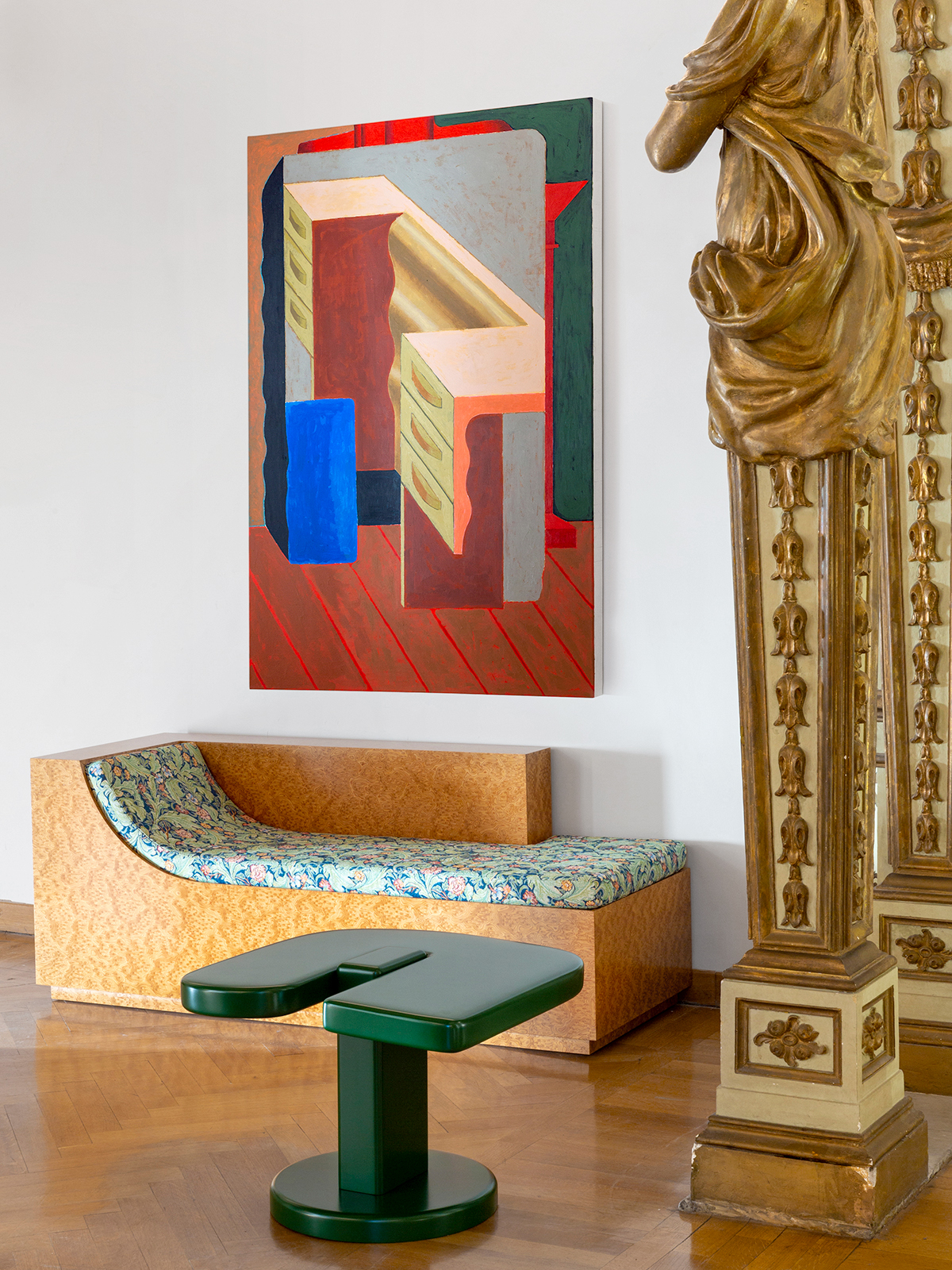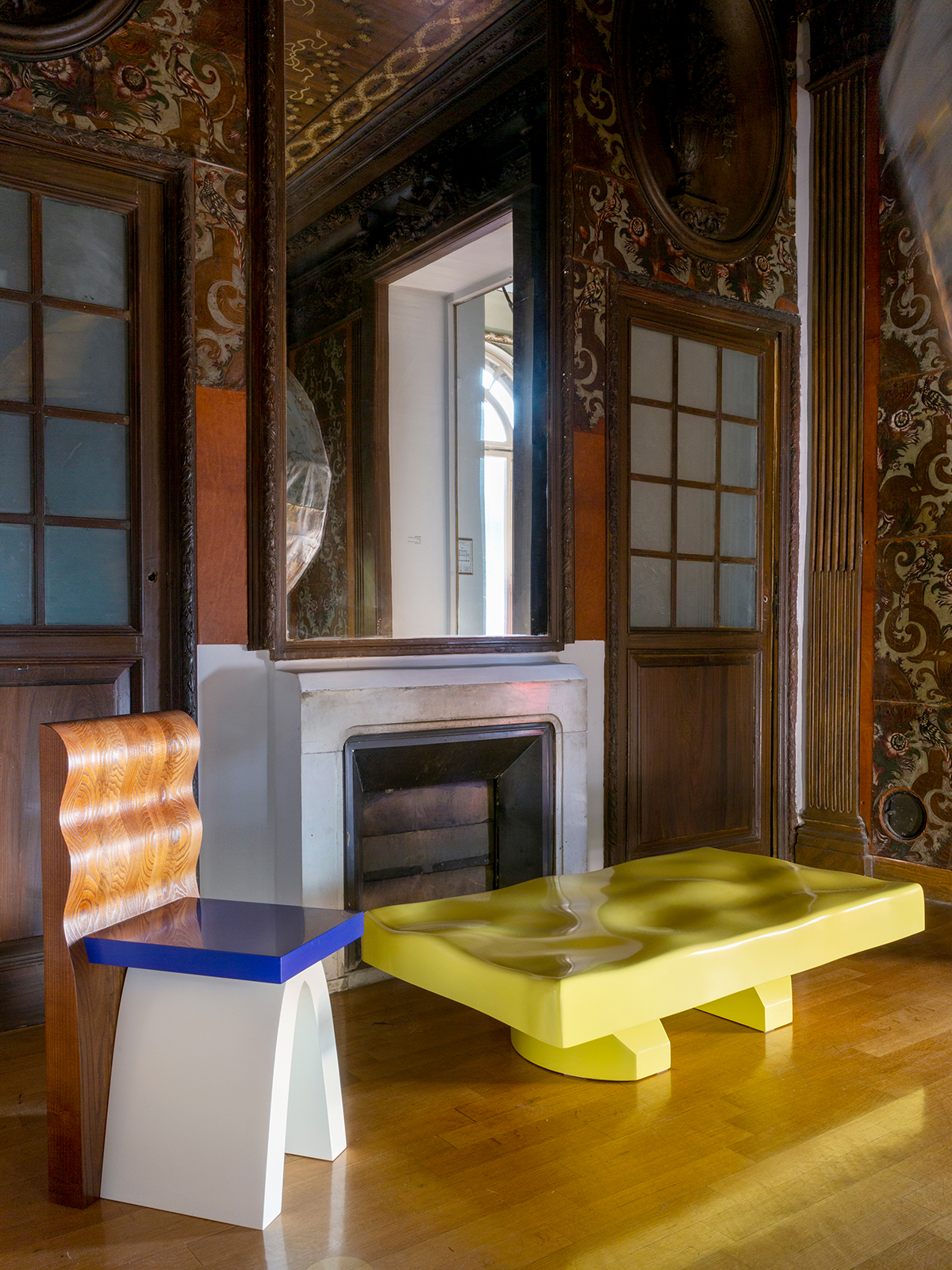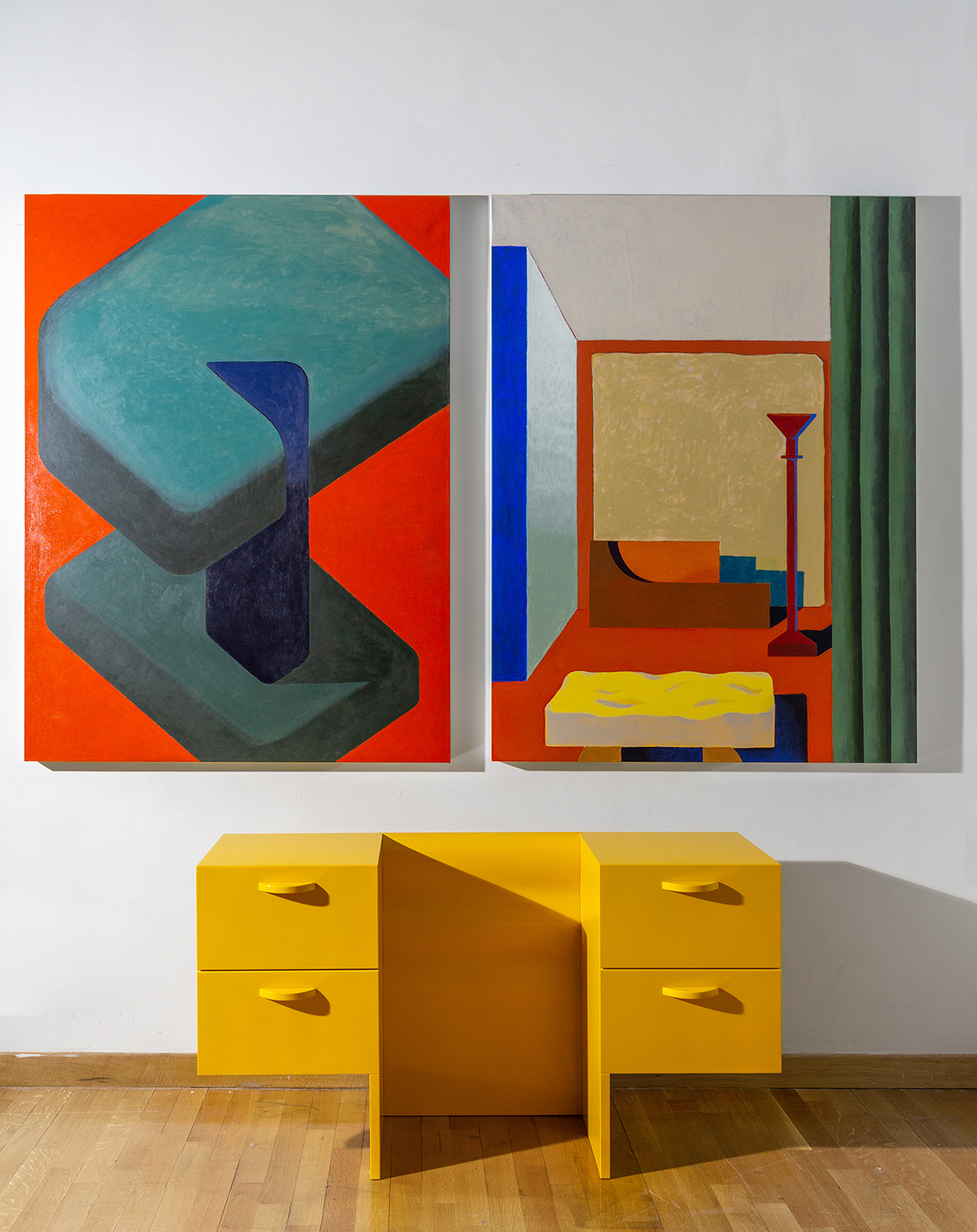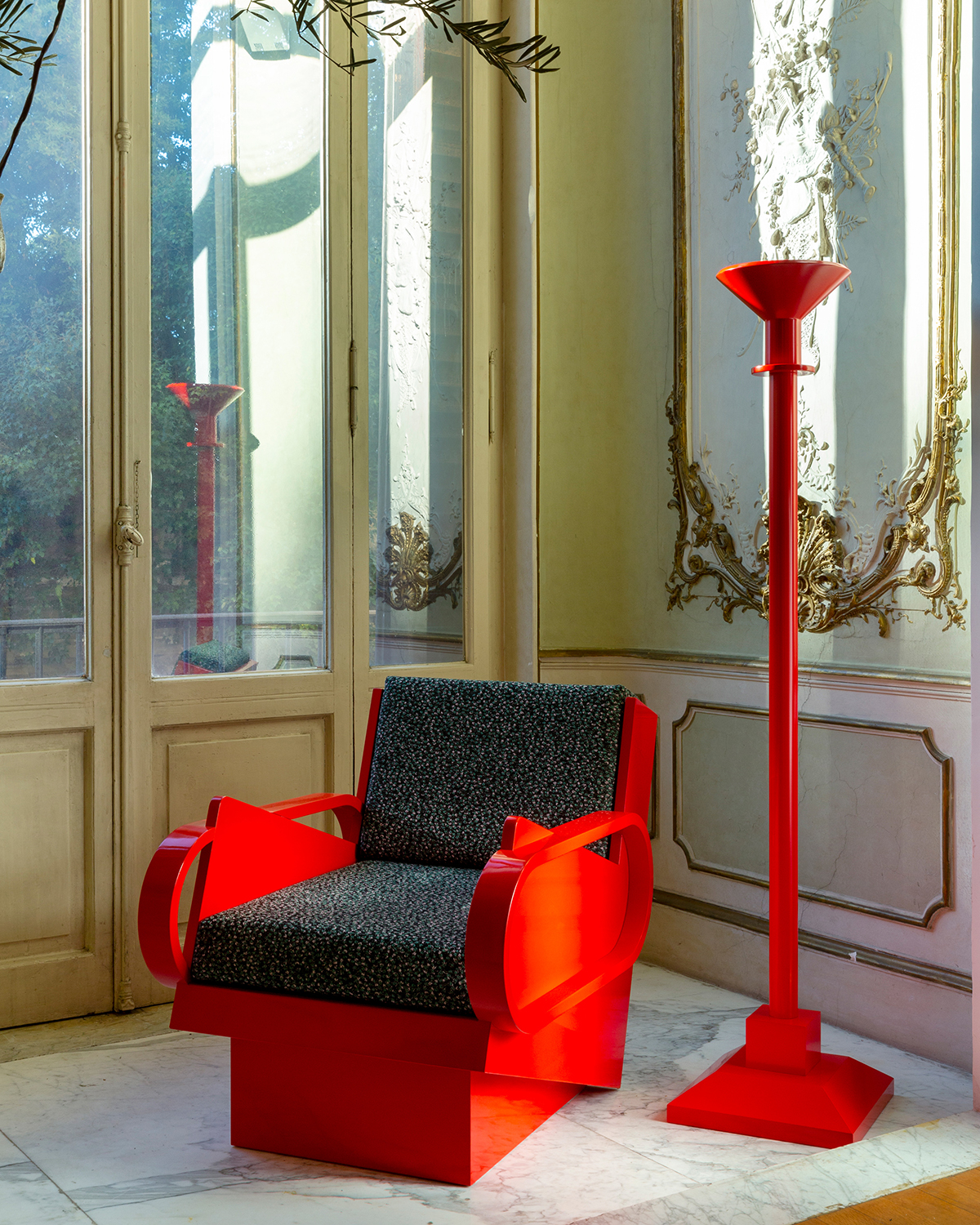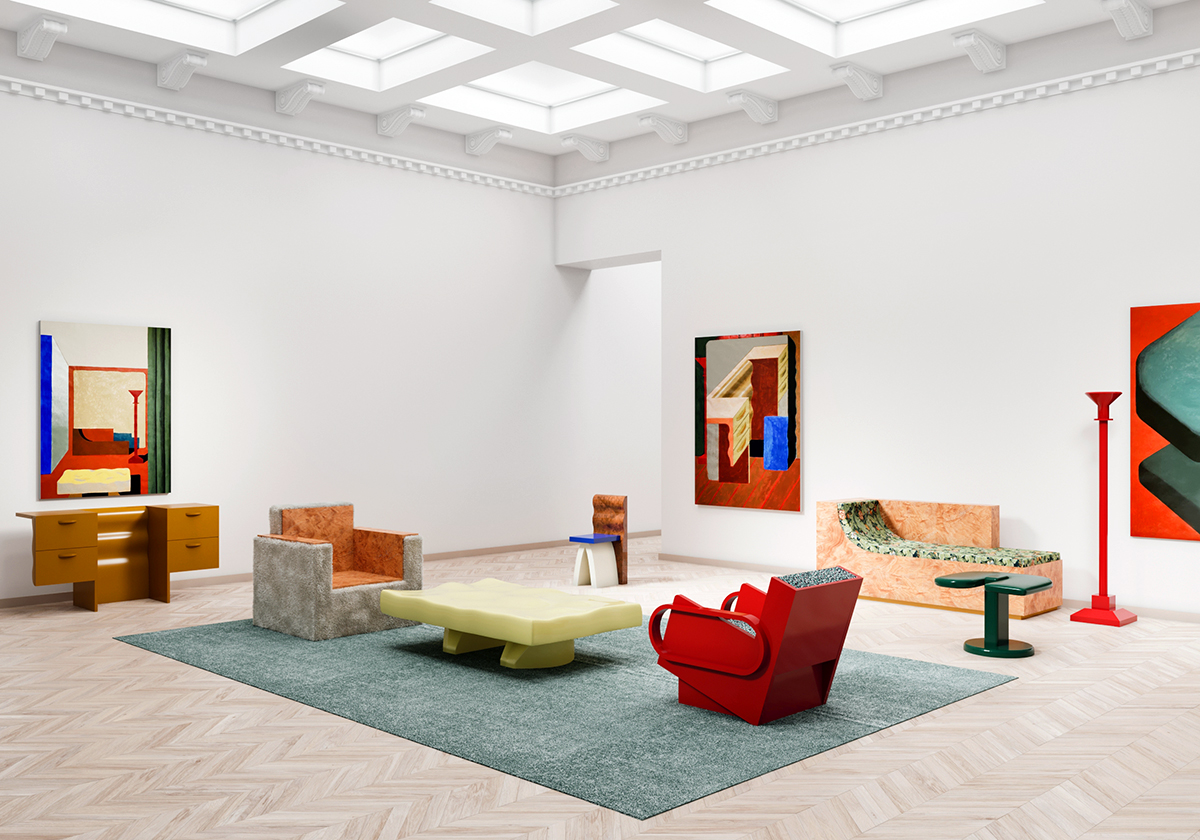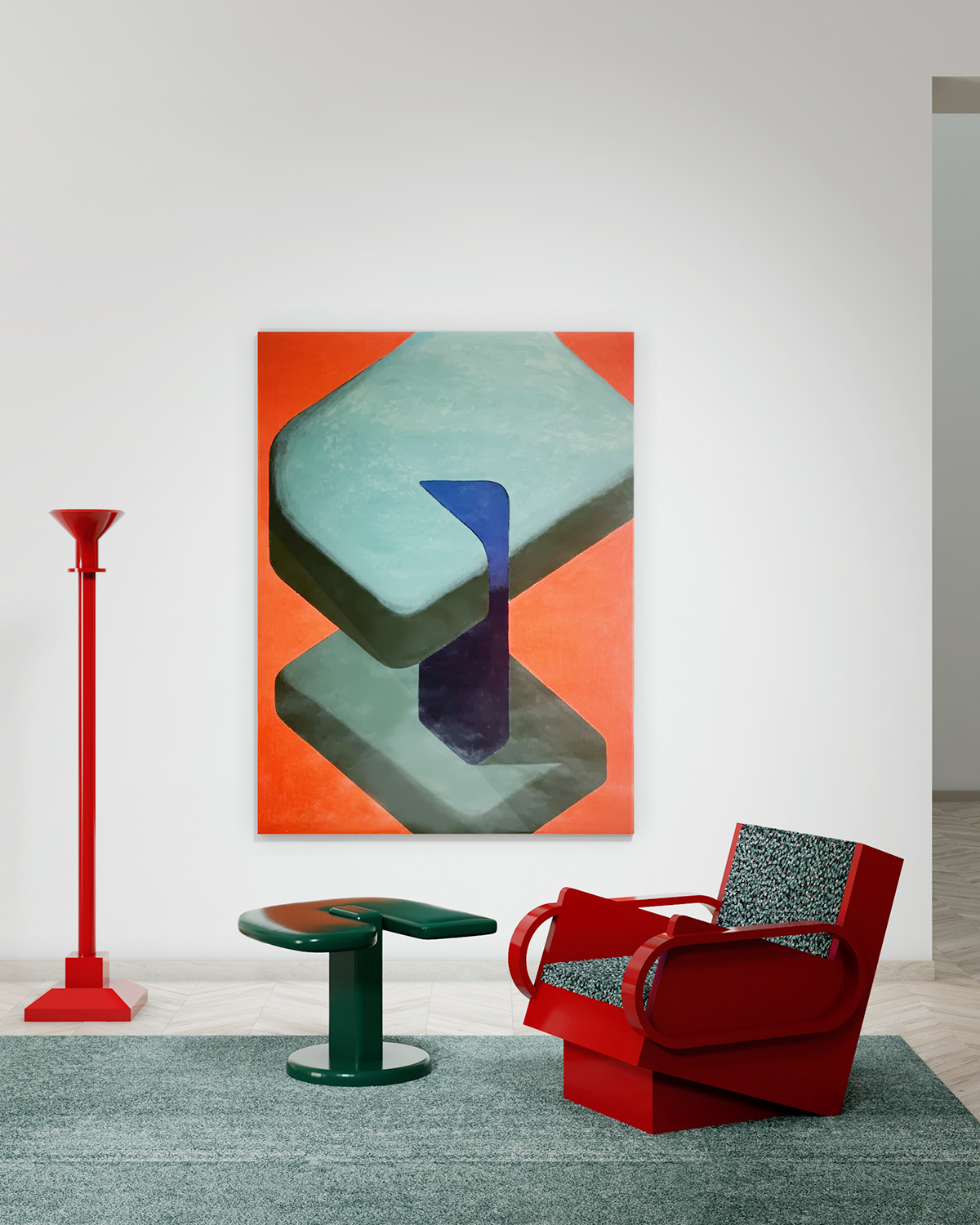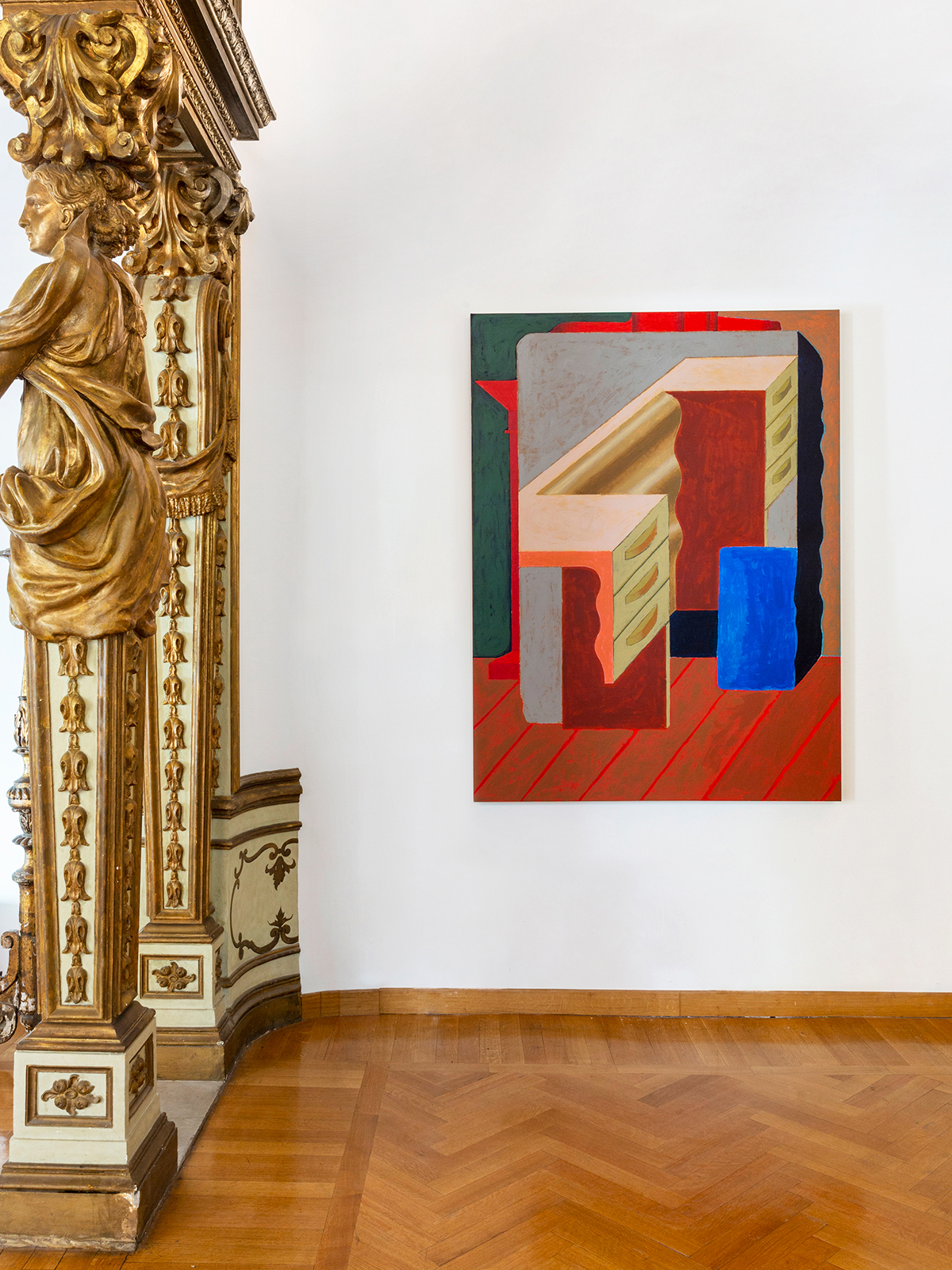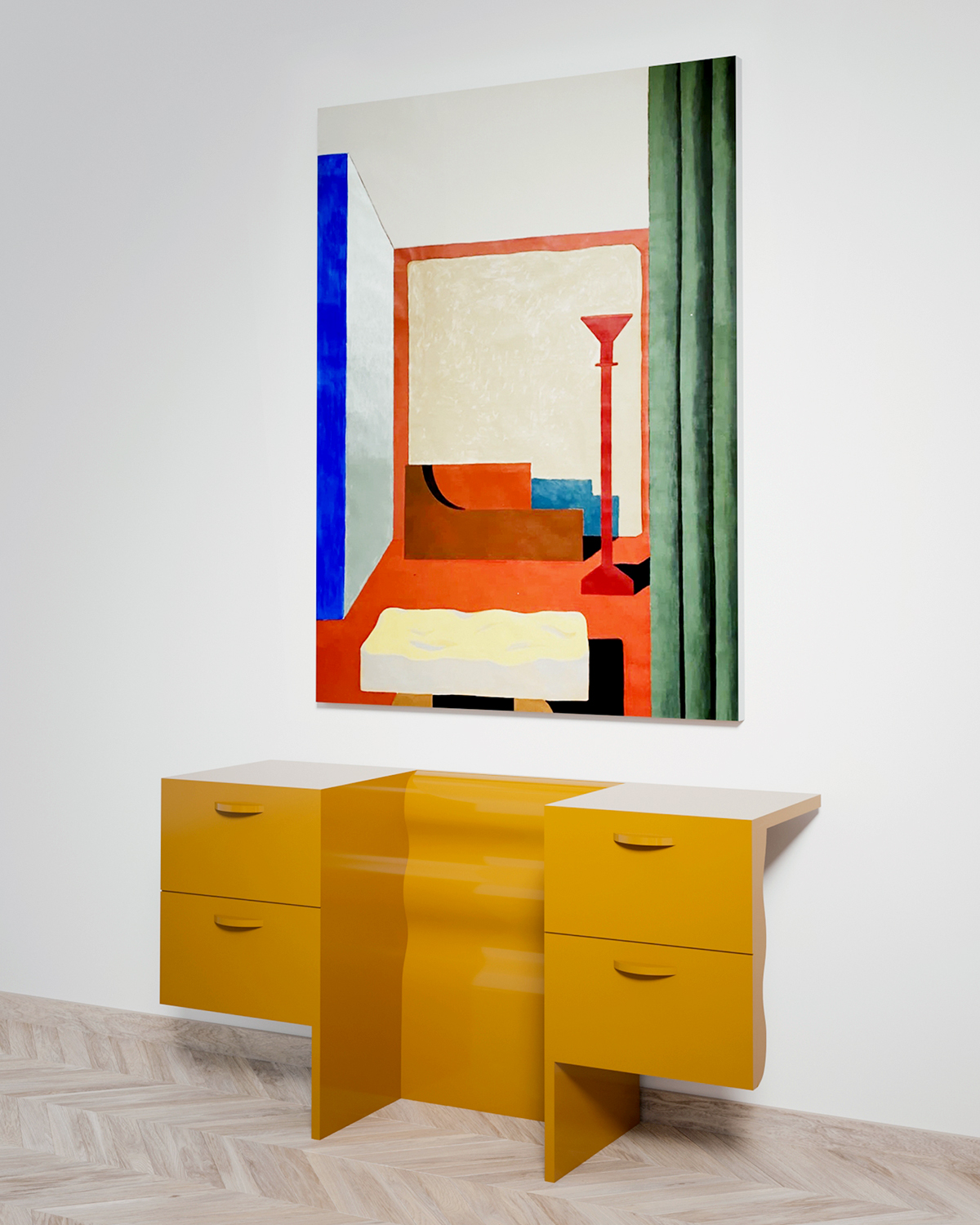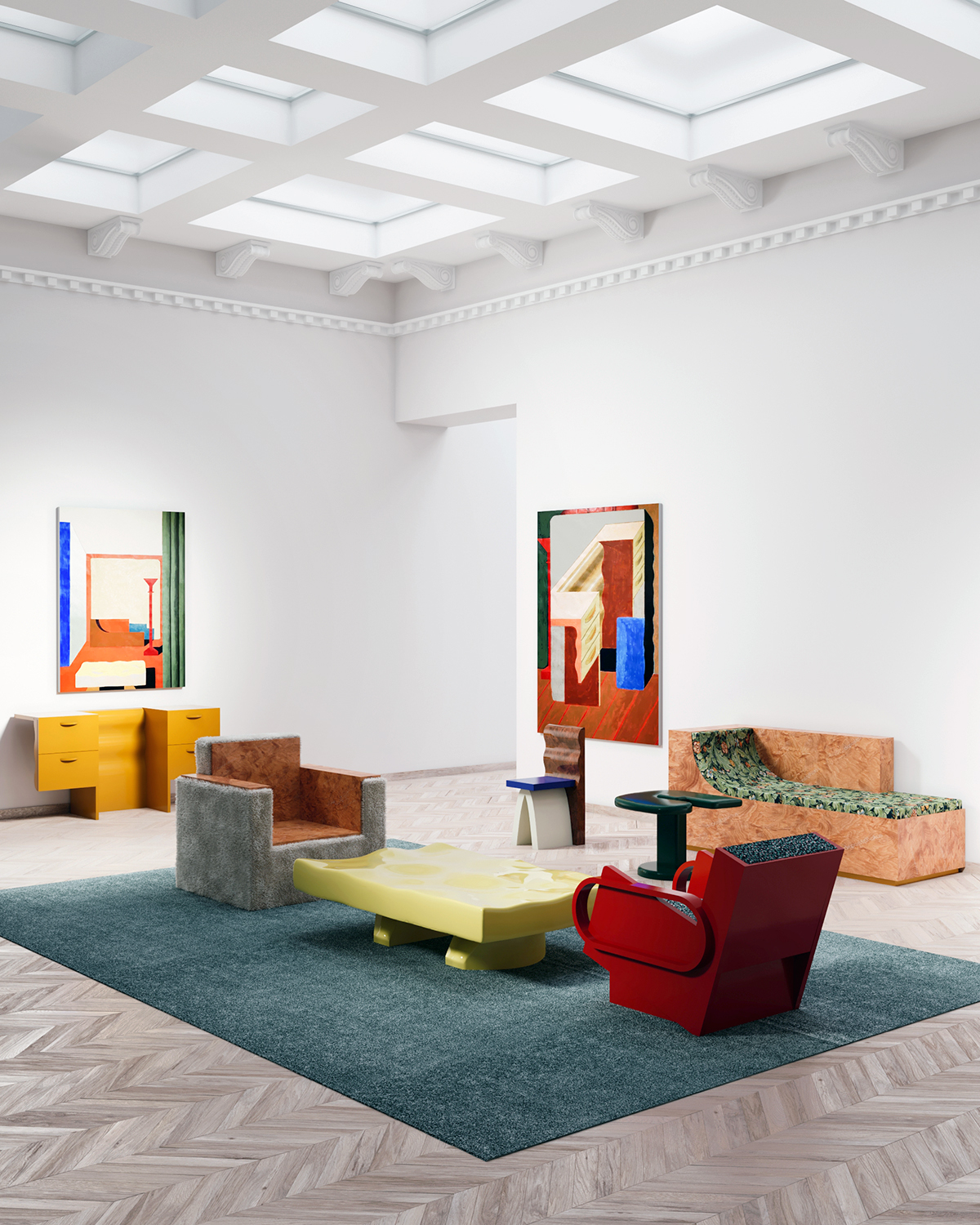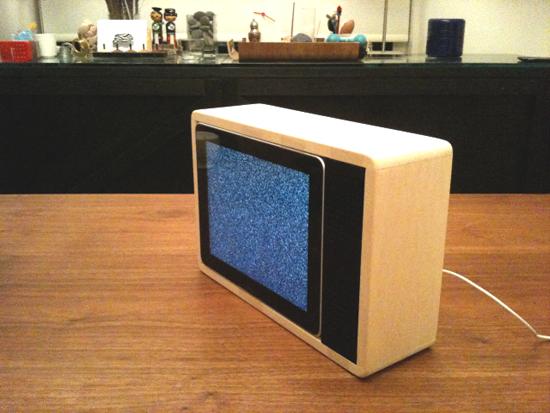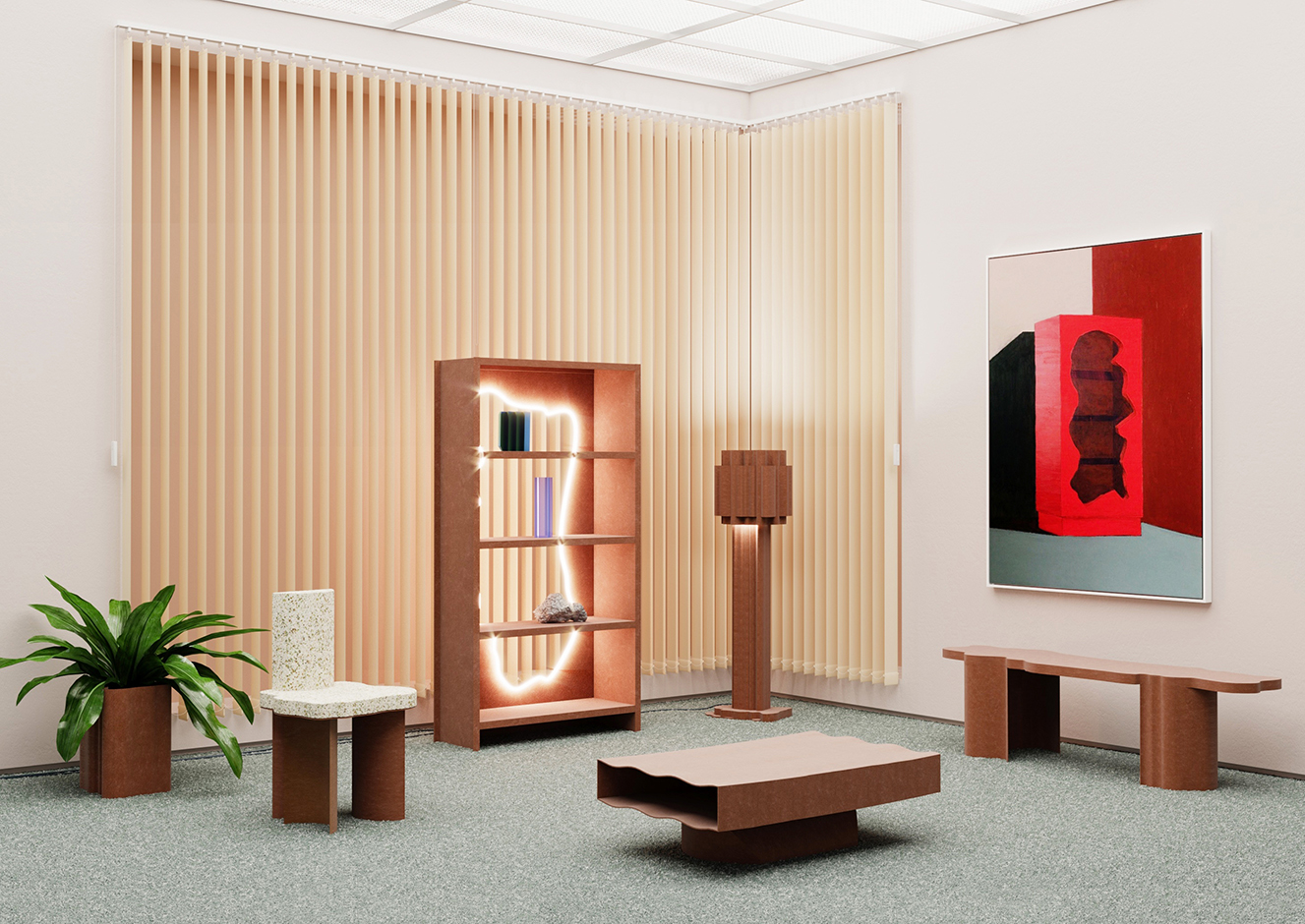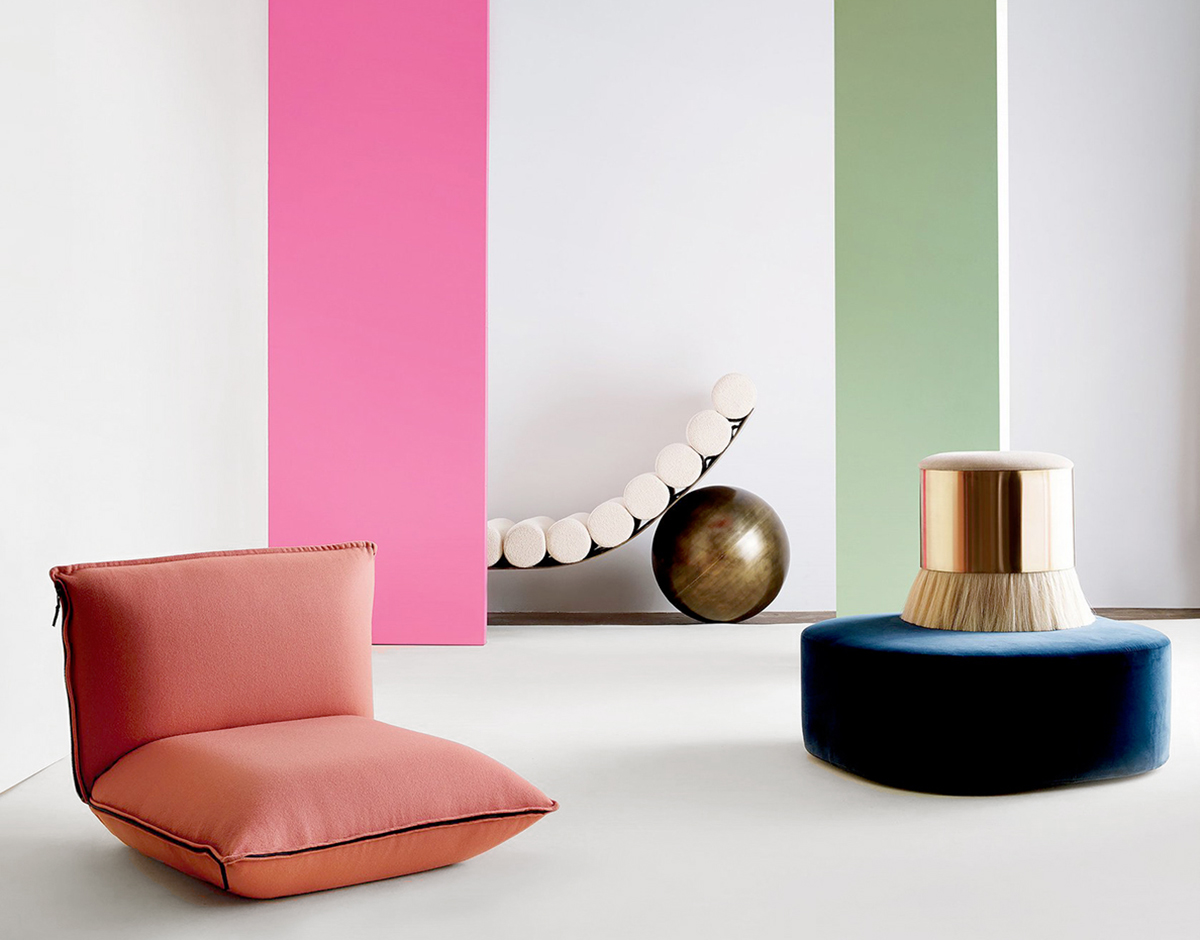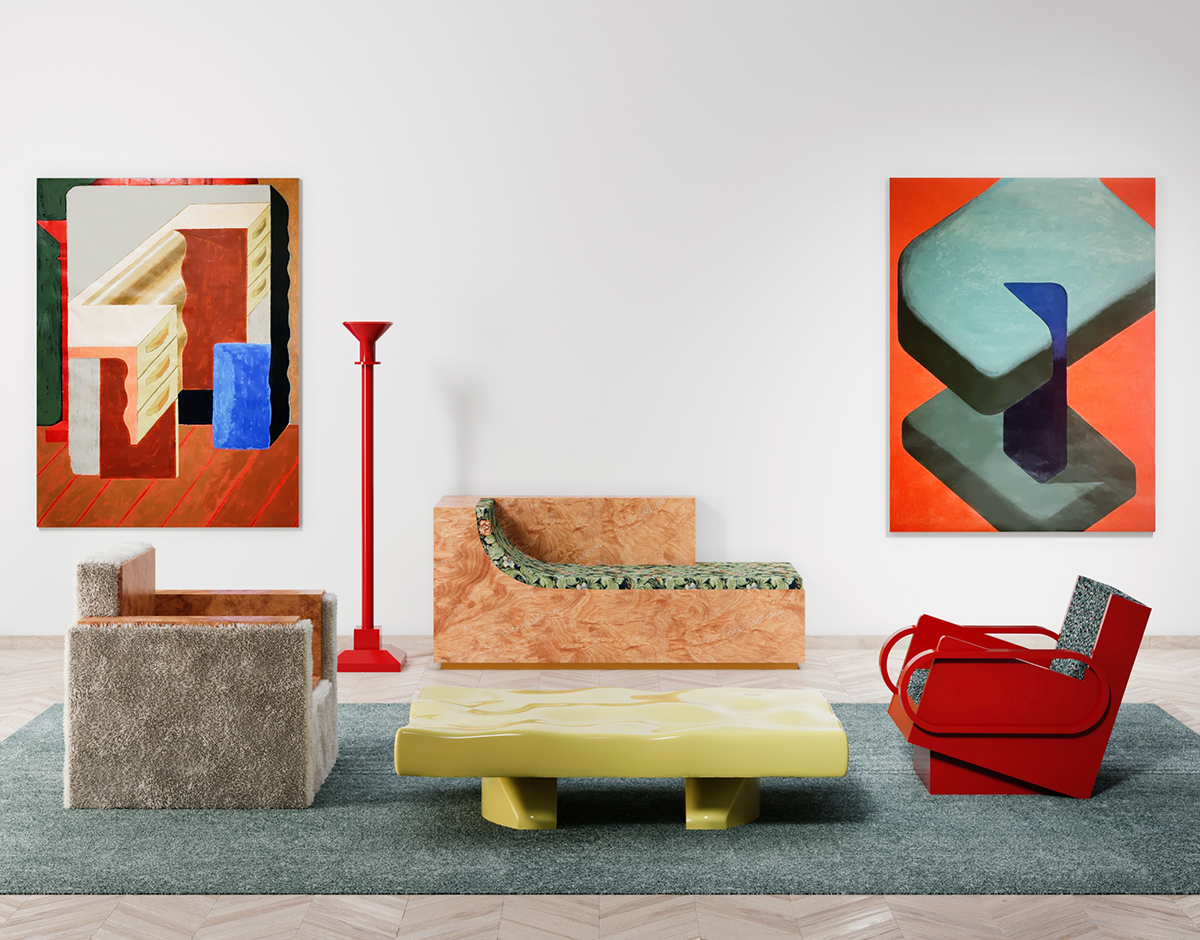
12.15.21
Excerpt: Exhibition
Sculpture or Furniture? Supaform’s New Collection Puts Feeling Before Function
When Hartmut Esslinger founded Frog Design under the mantra that “form follows emotion,” he was reacting to the soullessness of early tech objects at the time, and ushering in a new age of hardware design that took into account not just functionality and engineering but also beauty and covetability. In Russian designer Maxim Scherbakov‘s new exhibition at Rome’s Contemporary Cluster gallery, he pushes that idea to the extreme: What if design could be all about emotion, and little else? His barely functional pieces, and his general conceit, feel uncomfortable at first — we’re not sure we want to live in a world where design is purely an aesthetic indulgence — but in an era when furniture is increasingly difficult to distinguish from art, it does feel in some ways like we already are. And the ornate backdrop of the gallery’s home, the 14th-century Palazzo Brancaccio, serves as a potent reminder that it’s possible we always have.
Scherbakov, who works under the studio name Supaform, says that he developed the new collection “as a result of a careful visual search for the frontiers of comfort,” seeking to celebrate “beauty for no reason,” he says. His floor lamp has no bulb, his coffee table is too bumpy to hold a glass upright, and his desk has trick drawers and a gap in the middle where its writing surface should be. Yet his various seating elements look no less functional than, say, Rick Owens’s, and Scherbakov has a compelling raison d’etre: Also a longtime painter, he pulled all of the works directly from his canvases, making them a literal elision of the two-dimensional realm and the three. If he can celebrate fantasy and feeling in one of them, he wondered, then why not the other? Scroll down to see the results.
PHOTOS BY SERENA ELLER